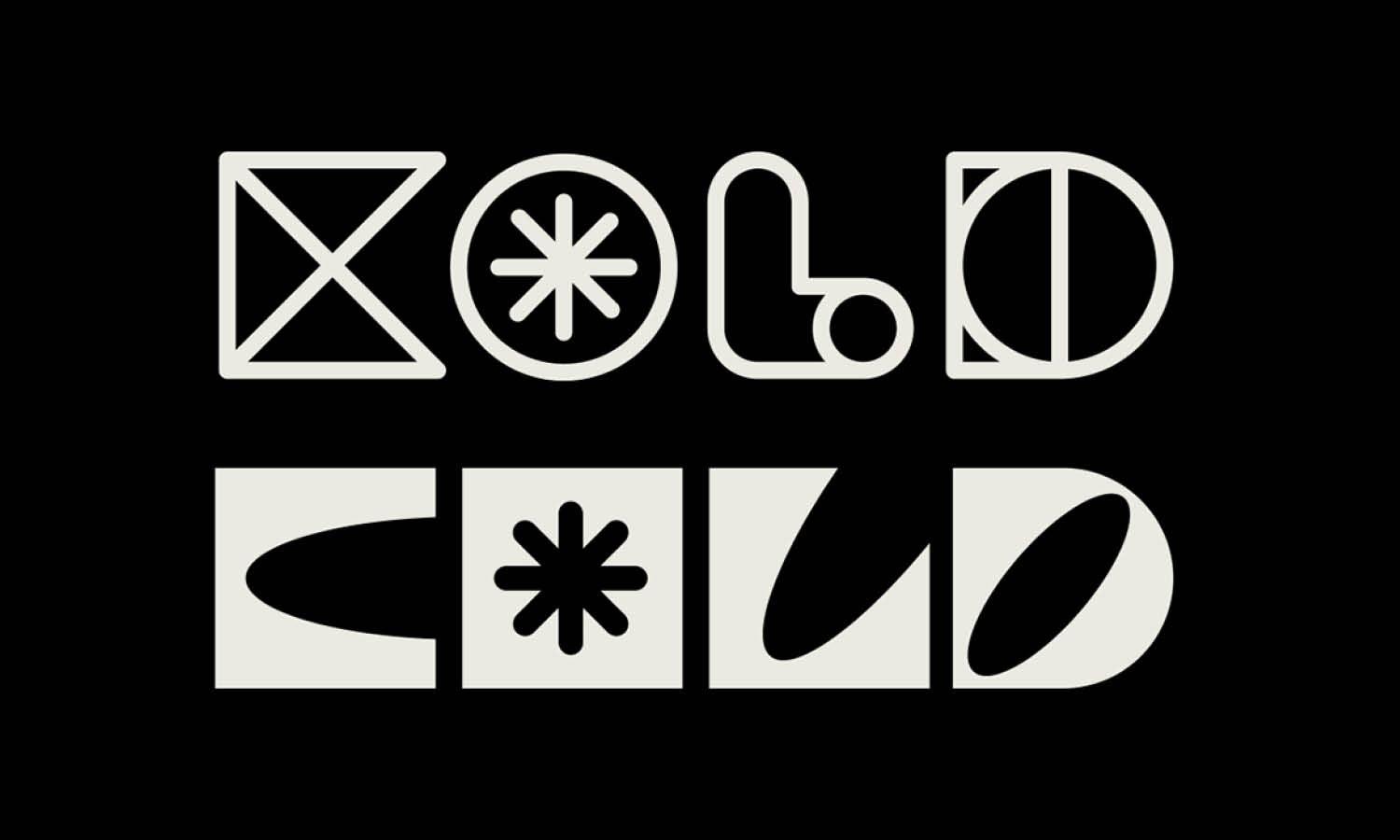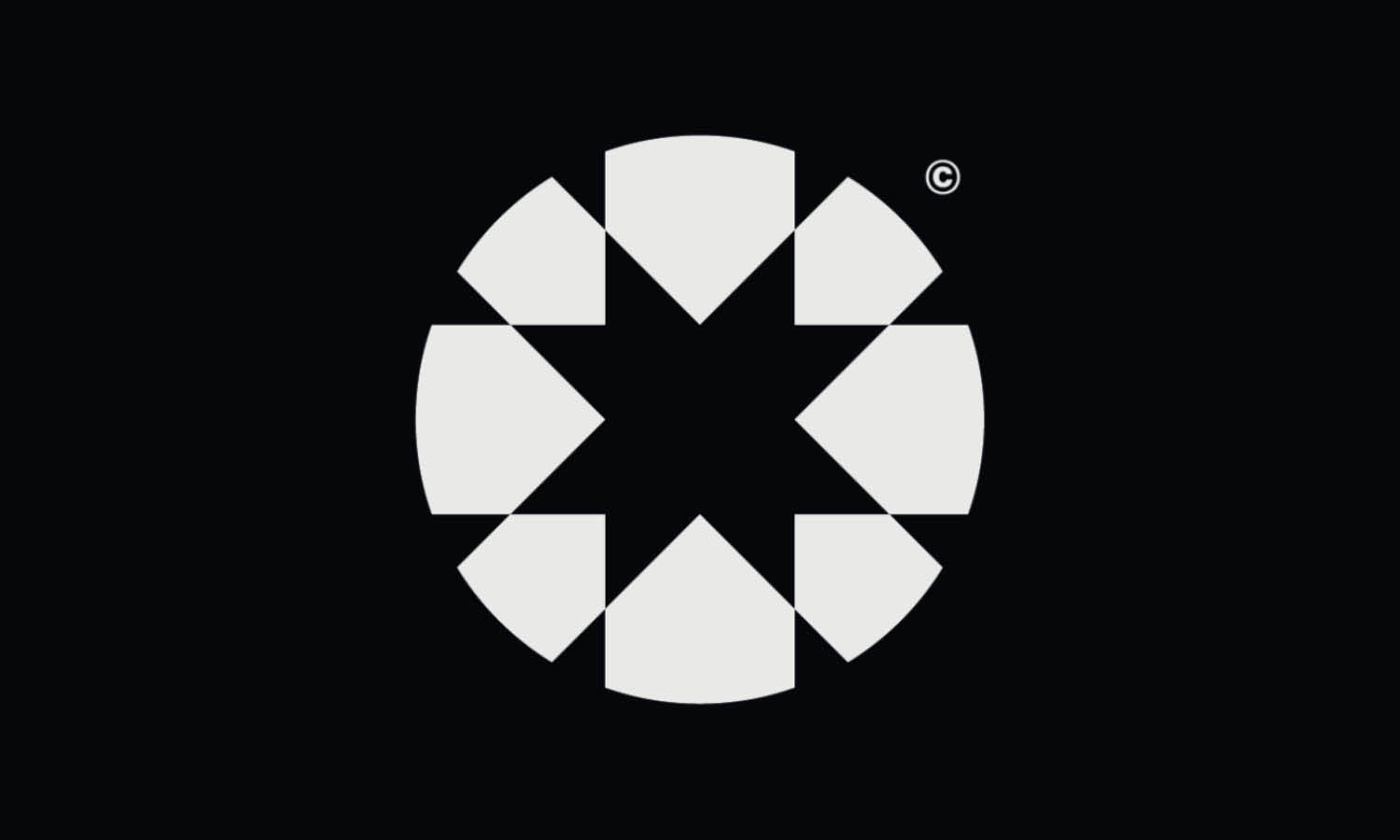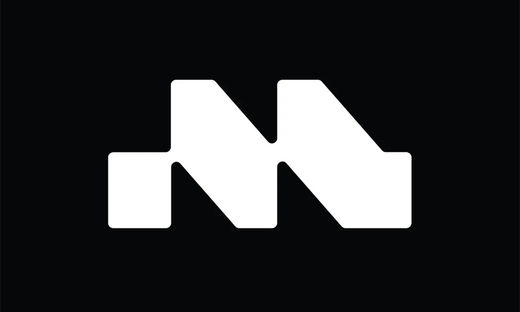How To Create Originality In Logo Design

Source: Victor Berriel, Dott, Behance, https://www.behance.net/gallery/180562431/Dott
In the ever-evolving world of brand identity, the quest for originality in logo design remains a paramount challenge for designers. A logo serves as the visual cornerstone of a brand, encapsulating its essence and differentiating it in a crowded marketplace. As such, creating a logo that stands out with its unique flair is not just desirable but essential.
This pursuit of originality requires more than just technical skill; it demands a deep understanding of the brand's core values and the ability to translate these into a visual language that resonates uniquely with its audience. It involves a combination of creativity, strategic thinking, and a willingness to break away from conventional norms. Through this article, we aim to explore various techniques and principles that can guide designers in crafting logos that are not only visually appealing but distinctly original.
Understand the Brand's Core Values
Achieving originality in logo design starts with a deep dive into the brand's core values. As a designer, your first step is to fully understand what the brand stands for—its mission, vision, values, and the unique selling propositions that differentiate it from competitors. This understanding is crucial as it informs the foundational elements of the logo, ensuring that it not only stands out visually but also resonates deeply with the target audience.
Engage with the brand's stakeholders through interviews or workshops to get a clear picture of the brand's identity. Ask questions that unearth the essence of the brand: What are the brand’s long-term goals? Who are its core customers? What values should the logo convey? The answers to these questions will provide a roadmap for your design process.
The originality of a logo hinges on how well it reflects and communicates the brand's core values. By embedding these values into the design, the logo will not only capture the essence of the brand but will also forge a stronger connection with the audience. This approach ensures that the logo stands as a true representation of the brand, distinct and memorable in a saturated market.
Sketch Extensively
Sketching extensively is an indispensable part of fostering originality in logo design. This stage allows designers to explore a wide range of ideas and concepts, free from the constraints of digital tools. By starting with paper and pencil, you can quickly generate numerous sketches, experimenting with different forms, shapes, and concepts that embody the brand’s identity.
The sketching process should be uninhibited and prolific. Draw inspiration from everything around you, allowing your creativity to flow without judgement. This might mean sketching out dozens, or even hundreds, of variations on a theme. Each sketch doesn’t have to be perfect; rather, this process is about capturing different ideas that can later be refined.
As you sketch, think about how each design element can align with the brand’s core values and the messages you want the logo to convey. Consider how abstract shapes can symbolize complex ideas, or how the interaction of lines and spaces can tell a story. The more you sketch, the more likely you are to stumble upon a truly unique and original concept that can then be polished and perfected in the digital realm.
Incorporate Unique Typography
Typography is a powerful tool in logo design, offering vast potential for originality. The choice and customization of type can significantly impact the distinctiveness of a logo. When aiming to infuse originality in logo design, consider creating custom fonts or adapting existing ones to add a unique twist. This approach not only sets the logo apart but also enhances brand identity through visual uniqueness.
Start by selecting a typeface that resonates with the brand's personality—whether it's bold and robust, sleek and modern, or whimsical and playful. From there, modify the typeface to better fit the brand's narrative. This could involve adjusting weight, spacing, or creating custom ligatures. Even subtle changes can dramatically alter perception and strengthen originality.
Moreover, consider how typography interacts with other elements of the logo. Can the text wrap around or integrate seamlessly with icons or symbols? Such interactions can make the logo more cohesive and memorable. Ultimately, the goal is to craft typography that not only communicates the brand’s name but also its essence, making the logo unmistakably associated with the brand at first glance.

Source: Jack R, Katana CRM - SaaS & UI UX Design, Behance, https://www.behance.net/gallery/175324957/Katana-ERP-Branding-UX-UI-Design-Trial
Play with Negative Space
Utilizing negative space creatively can transform a simple logo into a captivating visual puzzle, enhancing both its aesthetic appeal and memorability. This design technique involves using the background of the logo to form an integral part of the overall image, often creating a secondary visual message that can convey deeper meanings or add an element of surprise.
To effectively play with negative space, start by identifying key elements of the brand that can be visually represented both directly and indirectly. For example, a logo for a music shop might use the negative space within a musical note to depict a coffee cup, suggesting it’s a café where music lovers gather. This dual imagery not only makes the logo more engaging but also more memorable.
When designing with negative space, simplicity is key. The more straightforward the shapes, the clearer the hidden image or message will be. Experiment with different placements and scales to see how shapes can interact uniquely to form new meanings or visual effects.
This approach not only elevates the aesthetic value of the logo but also embeds a sense of cleverness and thoughtfulness in the design. Logos that successfully employ negative space often stand out in the minds of consumers because they offer a visual twist that invites viewers to look a little closer—making the brand more memorable and enhancing its originality in the competitive market landscape.
Use Symbolism Wisely
Symbolism in logo design is a potent tool for conveying a brand's essence subtly and effectively. When used wisely, symbols can encapsulate complex ideas into simple visual elements, making the logo not only unique but also rich in meaning. To achieve originality in logo design through symbolism, it’s crucial to step beyond the clichés and explore deeper, more thoughtful representations that resonate with the brand's narrative.
Start by identifying the core concepts or values that are crucial to the brand. Consider how these can be symbolically represented in ways that are not immediately obvious but can be understood upon reflection. This could mean using a tree not just to symbolize growth but also to subtly represent a family tree in a family-owned business’s logo, thus adding layers of meaning.
It’s also important to consider cultural symbols carefully; what is positive in one culture might have negative connotations in another. Always research thoroughly to ensure the symbols are appropriate and respectful across different contexts.
Experiment with Color Psychology
Color is a critical component in logo design, with the power to influence perception and emotion. Utilizing color psychology can enhance the originality and impact of a logo by tapping into the subconscious feelings associated with different hues. When selecting colors, consider the emotions and behaviors you want to evoke in your target audience.
For instance, blue often conveys trust and dependability, making it a popular choice for financial institutions. Green, representing health and growth, is frequently used by organic and sustainable brands. To stand out, consider how you can use these typical associations in unexpected ways or combine colors to elicit a unique emotional response.
Experimenting with color should also account for practical considerations such as visibility and legibility. A logo must maintain its effectiveness across various media and sizes, from large billboards to small digital icons. Test how your color choices hold up in different formats, ensuring they remain vibrant and clear in all contexts.
Additionally, think about the longevity of your color choices. While it’s tempting to opt for trendy hues, remember that a logo should remain effective and relevant over time. Choose colors that will not only stand out today but will also endure as the brand evolves.
By thoughtfully applying color psychology, you can craft a logo that not only looks distinct but also resonates emotionally with its audience, enhancing the brand’s identity and recognition in the marketplace.
Avoid Overused Icons
In the realm of logo design, originality is often compromised by the frequent use of clichéd and overused icons. These icons, such as globes for international services, lightbulbs for ideas, or arrows for progress, may communicate the intended message but fail to differentiate the brand in a meaningful way. To infuse originality into your designs, it is crucial to steer clear of these common visual shortcuts and instead, craft bespoke imagery that truly represents the unique aspects of the brand.
Begin by conducting a competitive analysis to identify commonly used symbols in the industry. This knowledge will serve as a guide for what to avoid and will help in brainstorming more unique alternatives. Challenge yourself to think abstractly about what the brand stands for and how these ideas can be visually represented without resorting to the obvious choices.
Developing custom icons requires a deep understanding of the brand’s story and values. Use this insight to create symbols that are not only unique but also rich with meaning specific to the brand. This might involve combining multiple concepts into a single design or abstracting familiar forms into something entirely new.

Source: Evamark, Flock & Co, Behance, https://www.behance.net/gallery/178197545/Flockt-Co
Blend Elements from Different Concepts
Blending elements from different concepts is a creative method to achieve originality in logo design. This technique involves merging different styles, symbols, or ideas to form a cohesive yet unexpected visual representation of the brand. Such an approach can lead to innovative and memorable logos that capture the essence of the brand in a unique way.
Start by identifying the core themes or values of the brand. Consider how these might be represented through various visual styles or elements from different design traditions. For example, combining a vintage typographic style with a modern geometric symbol can create a striking contrast that highlights the brand’s blend of tradition and innovation.
Experimentation is key in this process. Mix and match different design elements, playing with their interactions until you find a combination that feels both harmonious and original. This could mean integrating organic shapes with precise geometric forms, or blending minimalist and maximalist elements to strike a balance that speaks to a diverse audience.
It’s also important to maintain a clear focus on the brand’s message. Every element combined should enhance the brand’s storytelling, not clutter it. Simplify where necessary and ensure that the final design communicates clearly and effectively.
Employing this strategy not only sets the logo apart but also provides a versatile foundation for developing a broader visual identity that resonates with varied consumer segments, thereby broadening the brand’s appeal.
Evolve from Personal Inspiration
Personal inspiration is a goldmine for creating original logos that resonate deeply and uniquely. As a designer, drawing from your own experiences, interests, and passions can lead to innovative design concepts that stand apart in the saturated market of logo design. Personal inspiration allows for a heartfelt connection between the designer and the artwork, which can translate into more authentic and original creations.
To effectively use personal inspiration, start by reflecting on what motivates you, what aesthetic appeals to you, or what artwork has touched you deeply. These elements can serve as the foundation for a logo design. For instance, a designer with a passion for nature might draw inspiration from organic shapes, earthy colors, and natural textures, infusing these elements into a logo to convey sustainability and growth.
It’s also essential to connect these personal inspirations with the brand’s identity. The challenge lies in merging personal creative impulses with the brand’s core values and target audience. This alignment ensures that the logo not only carries a piece of personal creativity but also resonates with the brand and its consumers.
Use Design Constraints Creatively
Design constraints are often seen as limitations, but they can actually be a catalyst for creativity and originality in logo design. By imposing certain restrictions, designers can channel their creativity into more focused and innovative solutions. Constraints could be related to color use, font choices, size limitations, or even thematic elements that must be incorporated into the design.
To leverage constraints creatively, start by fully understanding the limitations you’re working with. Embrace these as part of the design challenge. For example, if the constraint is to use only two colors, explore various combinations and shades to find a palette that not only stands out but also works harmoniously to convey the brand's message.
Experiment within the confines of these constraints. Sometimes, restricting the number of elements can lead to a more powerful and impactful design. This minimalist approach can help in emphasizing the core message of the logo without unnecessary clutter.
Additionally, consider how these constraints can inspire a unique approach. If the logo must be legible at very small sizes, focus on simplicity and clarity in design. This might lead to a more iconic and scalable logo, beneficial for use across various media.
Ultimately, using design constraints creatively can result in a logo that is not only original but also highly functional and effective in communicating the brand’s essence. This method challenges the designer to think outside the box and develop truly innovative designs that meet precise criteria.
Conclusion
Achieving originality in logo design demands a blend of creativity, strategic thinking, and a deep understanding of the brand’s core values. By employing techniques such as unique typography, clever use of negative space, wise symbolism, and personal inspiration, designers can craft logos that stand out in today’s competitive market. Furthermore, embracing design constraints as opportunities can lead to innovative solutions that enhance brand identity. Each step in the design process is a chance to infuse originality, ensuring that the final logo not only captures attention but also embodies the unique spirit of the brand.
Let Us Know What You Think!
Every information you read here are written and curated by Kreafolk's team, carefully pieced together with our creative community in mind. Did you enjoy our contents? Leave a comment below and share your thoughts. Cheers to more creative articles and inspirations!
















Leave a Comment